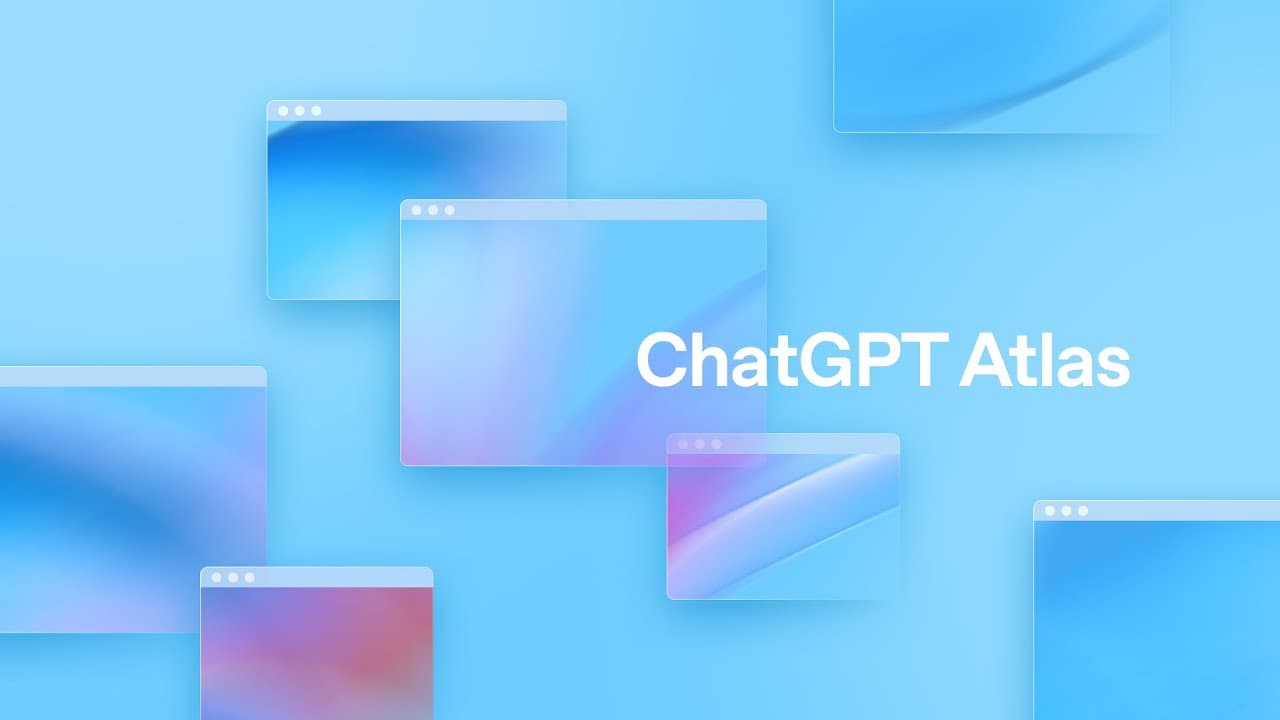What Are AI Agents – And How to Deploy Them for Real Business Impact
An in-depth analysis of What Are AI Agents with the latest developments and expert perspectives.
Executive Hook: From Chatbots to Colleagues
AI agents have quietly crossed an important threshold: they don’t just answer questions; they take action. In the last 12 months, Microsoft and other platform leaders have infused “agentic” capabilities into their copilots, letting software sense a situation, decide what to do, and execute across your stack with minimal oversight. Think less “helpful NPC” and more “specialist squadmate” that handles the grind so your people can play the boss fights that matter.
Industry Context: Competitive Advantage Now Lives in Your Runbook
Across finance, retail, healthcare, manufacturing, and gaming ecosystems, the winners are codifying their best processes into agents-then letting those agents run them, 24/7. Early adopters report faster cycle times, lower operating costs, and measurably better customer experiences. With Microsoft’s ecosystem (Azure AI, Copilot Studio, Power Platform, Dynamics 365, and Microsoft 365) maturing, it’s becoming economically viable to turn playbooks into production agents rather than one-off automations.
For leaders in game studios and gaming-adjacent businesses-from live ops and community support to e-commerce and subscriptions—agentic operations are already reshaping work: resolving tickets end-to-end, optimizing promo cadences, and coordinating supply and demand around content drops. The bar for “responsive” has moved from hours to minutes.

Core Insight: Treat Agents as an Operating Model, Not a Feature
The companies getting real ROI don’t buy a chatbot and hope; they engineer a new operating model. That model pairs narrow, high-value agents with clear goals, reliable tools, and strong guardrails. The pattern is consistent:
- Sensing: Ingest signals (tickets, transactions, telemetry, calendar, inventory) with permissions scoped to the task.
- Reasoning: Decide based on policies, costs, SLAs, and risk thresholds—often with chain-of-thought hidden, but verifiable outcomes.
- Acting: Execute via secure tools (APIs, RPA, Power Automate flows) with audit trails and reversible changes.
- Learning: Continuously evaluate success/fail cases; update prompts, tools, and policies from real-world outcomes.
Microsoft’s stack is a pragmatic onramp because it shortens the distance between decision and action: Copilot connects to Graph data, Dynamics processes, and Power Platform automations—critical if you want agents that don’t just “advise” but actually “do.”
Common Misconceptions: What Most Companies Get Wrong
- “One agent to rule them all.” High performers deploy a roster of small, specialized agents with clear domains. Generalists underperform and are harder to govern.
- “We need perfect data first.” You need fit-for-purpose data slices, not an enterprise overhaul. Start with well-instrumented processes and expand.
- “Agents replace people.” The best returns come from rebalancing work: agents handle repetitive actions; people handle exceptions, relationships, and judgment calls.
- “Chat is the UX.” Many effective agents run headless—triggered by events or SLAs—not waiting for a user to type a prompt.
- “Safety is a last-mile check.” Safety is design-time and run-time: permissions, tool scopes, policy prompts, kill switches, and continuous monitoring.
Strategic Framework: The Agent Value Stack
- Use Cases to Target
- Revenue: lead qualification, quote-to-cash, churn rescue, promo targeting, live-ops offer orchestration.
- Cost: tier-1 and tier-2 support resolution, finance closes, vendor onboarding, inventory balancing, compliance checks.
- Risk: policy enforcement, access reviews, anomaly triage, incident coordination.
- Build vs. Buy
- Buy when workflows are common and well-supported by vendors (e.g., customer service agents in Dynamics 365).
- Build when workflows are proprietary or multi-system (use Azure AI Studio/Copilot Studio with Power Automate and secure connectors).
- Architecture
- Assistive → Autonomous spectrum: start with “recommend + one-click execute,” progress to limited autonomy with thresholds.
- Tooling layer: curated, least-privilege tools; avoid giving agents raw database write access.
- Observability: centralized logs, traces, prompts, tool calls, costs; user feedback capture.
- Governance (AgentOps)
- Policy prompts (what the agent must/must not do), role-based access, environment sandboxes, canary releases, and a visible kill switch.
- Security: prompt injection defenses, secret isolation, PII minimization, rate limits, and abuse monitoring.
- Measurement
- Task success rate, intervention rate, cycle-time reduction, escalation rate, cost per action, CSAT/NPS lift, safety incident rate.
Investment, Timeline, and What “Good” Looks Like
- Pilot (8-12 weeks; $50k-$250k): 1-2 use cases, assistive mode, 10–30% cycle-time reduction, clear playbook for scale.
- Scale (3–9 months; $300k–$2M): 3–6 agents, shared tool catalog, canary + A/B routing, 20–40% cost-per-resolution reduction.
- Program (12–18 months; $2M–$8M): Agent portfolio, platform guardrails, continuous evaluation, measurable revenue uplift in targeted flows.
ROI often appears within the first year when you focus on repeatable, high-volume tasks and wire agents into systems of action (Power Automate flows, Dynamics processes, or equivalent). Budget shape shifts from model spend to integration, evaluation, and change management.
Action Steps: Your Monday Morning Plan
- Select Two High-Value Plays
- Pick one revenue and one cost use case with clear SLAs, structured inputs, and existing automations to leverage.
- Stand Up a Minimal Agent Platform
- Identity and access: service principals, least privilege.
- Tool catalog: 5–10 vetted actions via Power Automate/APIs with guardrails and audit logs.
- Data scope: restrict to necessary Graph/Dynamics/CRM entities; redact PII where possible.
- Design for Assistive First
- Agent proposes actions with rationale; human approves. Track intervention reasons to harden policies and tools.
- Instrument Ruthlessly
- Define KPIs pre-launch; capture prompts, tool calls, latency, costs, success/fail labels. Build a weekly review ritual.
- Govern from Day One
- Policy prompts, red-team tests (prompt injection, data exfiltration, tool abuse), canary cohorts, and a visible kill switch.
- Plan the People Side
- Redesign roles: agents take the grind; people handle exceptions and higher-order work. Upskill with playbooks and incentives.
What Competitors Miss: The “Tool Reliability” Problem
Most failures don’t come from the model; they come from brittle tools. If an API times out or returns an edge-case error, a naive agent will loop or hallucinate success. Leaders solve this by hardening the action layer: deterministic tool responses, retries with backoff, guard policies for irreversible actions, and explicit rollback steps. Treat tools like production services—because they are.
Closing Thought: Play to the Map You Have
You don’t need frontier models or sci-fi autonomy to win. You need a disciplined roster of narrow agents, wired into your business tools, governed like any critical system. Start assistive, instrument everything, and graduate autonomy where the numbers prove it. Do that, and AI agents won’t be a demo—they’ll be your next, best ops team.



